Do you remember the character Bubba from the film Forest Gump?
As you may fondly recall, his family was in the shrimp fishing business. At one point during the movie, he recites all the different ways to cook with shrimp—the fruit of the sea. “There’s shrimp kabobs, shrimp creole, shrimp gumbo. Pan fried, deep fried, stir-fried. There’s pineapple shrimp, lemon shrimp, coconut shrimp, pepper shrimp…” (this goes on for a while).
Now, there may not be quite as many ways to prepare and consume mushroom as there are ways to cook shrimp, but nonetheless you may find yourself surprised at the amazing variety of methods, recipes, and techniques that people have come up with over the years (and indeed millennia).
In today’s post, we’ll examine some of those techniques along with some of the best ways to take mushrooms and tips on how to take mushrooms. Remember, mushrooms are illegal throughout most jurisdictions, so unless you live in an area where psilocybe-containing fungi are legal or are taking part in an approved clinical trial, consider the information covered here as educational information only!
You can also learn about full-spectrum psilocybe therapy and it’s possible benefits and even about celebrities taking mushrooms and their experiences with taking psilocybe mushrooms.
The most common way of eating mushrooms is after they’ve been dehydrated (dried out), so let’s discuss that one first:
Dried Cubensis Mushrooms – The Most Common Way of Preserving and Doing Mushrooms
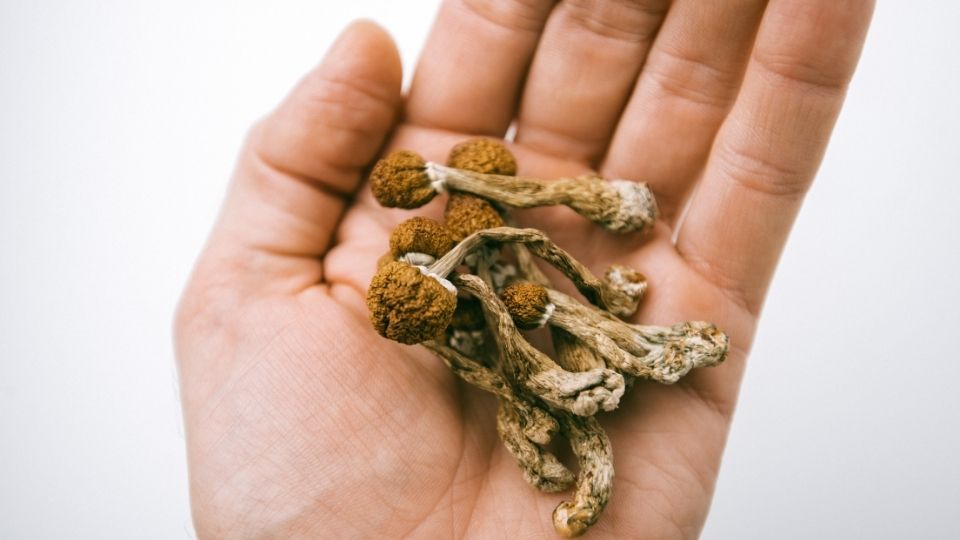
Psychedelic Experience and Special Mushroom Strains
Not just a favorite of recreational users, dried mushrooms are even used in clinical trials focused on whole-spectrum psilocybe therapy or special therapy using full-spectrum psilocybe, because some researchers believe that the additional compounds found in the mushroom alongside psilocybe have an impact on the overall effect of the special experience with special mushroom strains; this is in contrast to isolated synthetic psilocybe.
Drying the mushrooms will preserve the “full spectrum” effect, unlike other methods of preparations such as the aforementioned synthesized psilocybe or extracts and tinctures, as we’ll discuss later on in this post. If it’s important to the user to have an “all natural” experience, dried mushrooms are perhaps the best alternative to eating raw, fresh from the ground mushrooms. Some people find the taste of dried mushrooms far more palatable than when they’re raw.
It’s not all about taste, though—dried mushrooms are far easier to preserve. While they will eventually spoil, bad mushrooms are a relative rarity. In proper storage conditions, dried mushrooms can last for years. If one keeps them in an airtight container and away from light, heat, and moisture, they aren’t even likely to lose much potency, if any at all.
Finally, the other major benefit of dried mushrooms is the fact that dehydration of the fungi is a prerequisite for other methods of preparation, such as powders and as an ingredient in foods like chocolate or honey. More on that later, though.
One potential drawback to dried mushrooms is accurate dosing. Since each mature fruiting body (mushroom) can contain varying levels of psilocybe, it’s difficult to take a precise amount.
Typical Psilocybe Dosage
Typically, dried mushrooms are meted out in grams; three grams is a typical psilocybe dosage for a strong special experience. The actual amount of psilocybe consumed can vary, leading many experts in the field to quip that “the mushroom chooses the dose.”
Eating Raw Mushrooms: It’s Doable, But Not For Everyone
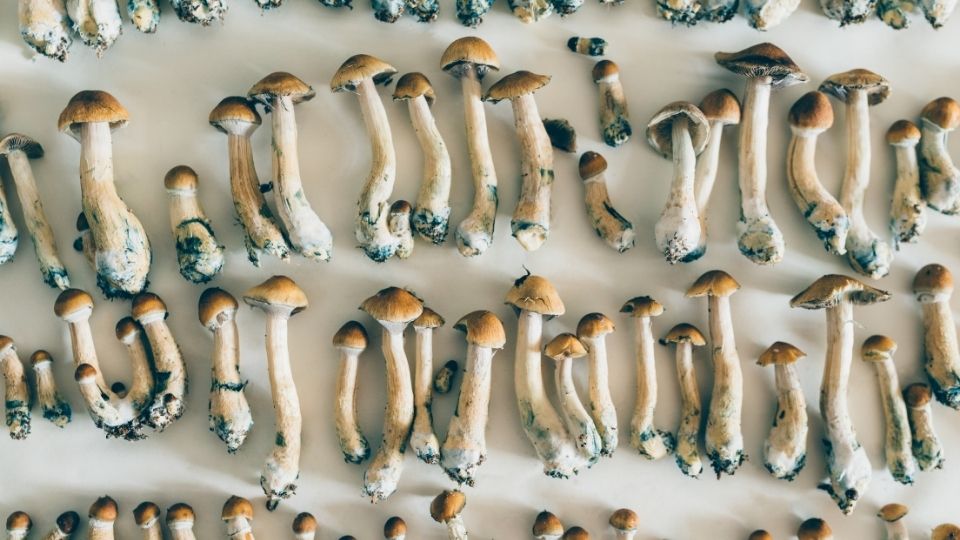
Raw or fresh mushrooms, sometimes called truffles, are completely capable of providing the consumer with a special experience. However, you’ll find that it’s often not the case that even the staunchest of mushroom aficionados recommend this method of consumption.
The first reason is the taste. Many people have reported finding the taste of raw mushrooms to be quite unappealing. However, even if you can handle their strong flavor, the second reason may come into play: raw mushrooms, while no more harmful than dried mushrooms or mushrooms by any other means of consumption, can cause an upset stomach.
This potential for stomach discomfort is usually because in order to reach the desired dosage of psilocybe, one often must eat quite a few mushrooms indeed. The amount of psilocybee in each mushroom doesn’t differ whether it’s dry or fresh, but the sheer volume of mushrooms that must be consumed due to water weight will be much higher.
Consider for a moment that three grams of dried mushrooms will contain far more psilocybe than three grams of fresh (or “wet”) mushrooms. Thus, to reach a similar level of special effect, more raw mushrooms must be consumed, thus increasing the possibility of stomach discomfort.
Having said all that, some people enjoy the experience of taking mushrooms completely naturally, as they’re found in nature.
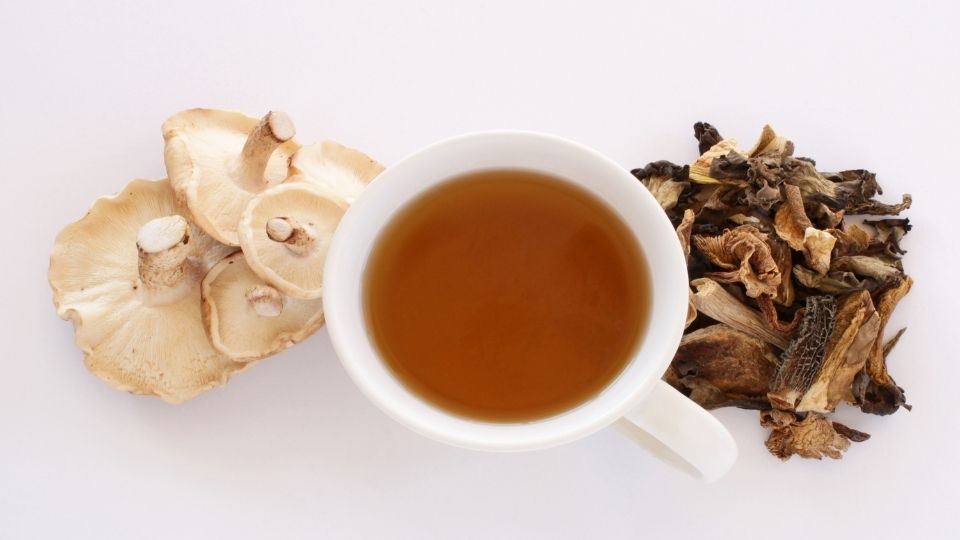
Mushroom Tea, A Favorite of Many Psychonauts
“Shroom tea” is an incredibly popular way of consuming mushrooms—perhaps second only to dried mushrooms.
There are many reasons for this, but the main three are:
- Mushroom tea is very easy to prepare
- Tea has a much more palatable flavor
- Some find that tea is much easier on their stomach
Typically, dried mushrooms are used to make mushroom tea, but raw mushrooms can also be used (keeping in mind what was discussed in the previous section about dosages and water weight). It’s a dead-simple process: those wishing to enjoy mushroom tea need only pour hot water over their mushrooms. Typically, mushrooms need to steep for about fifteen minutes or so before infusing the water with enough psilocybe to have an effect.
Even then, the strength of the tea will not be the same as the amount of mushrooms used to make it. Generally, people making mushroom tea will use about 20% to 25% more mushrooms than they would usually want, since some of the psilocybe will remain in the mushrooms, rather than the tea.
If reducing the taste of mushroom is the purpose behind making tea rather than consuming the mushrooms directly, the imbiber may wish to add sugar or honey to the tea to further lessen the bitterness of the taste.
Brewing mushroom tea is an ancient practice, thought to date back hundreds if not thousands of years in different parts of the world, particularly Mexico. However, mushroom tea is far from the only “psilocybe beverage” one can make—while we don’t have time to go over them all here, fruit smoothies with mushrooms added are also very popular.
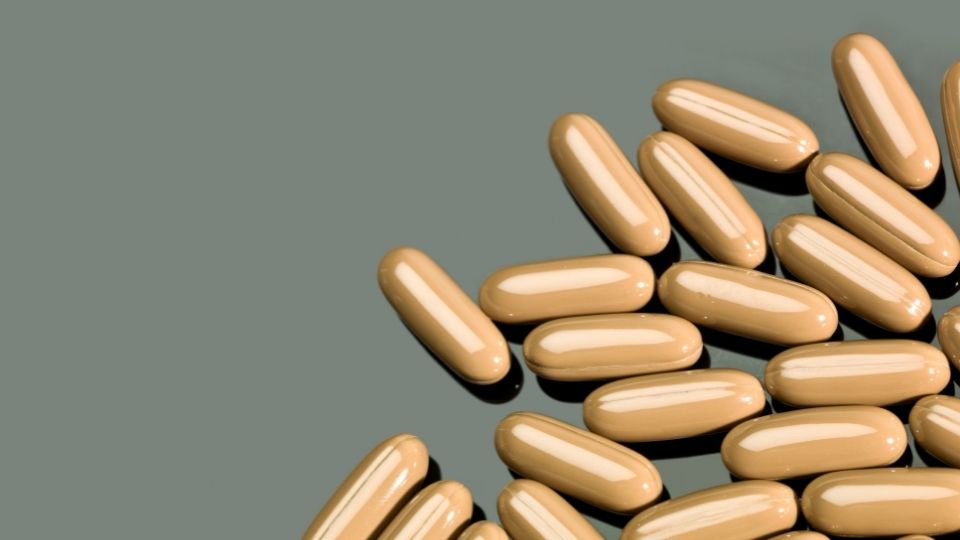
Powdered Mushroom Capsules, Popular With Microdosers
Powdered mushrooms are relatively easy to make. You’ll recall that we mentioned earlier that dehydrated mushrooms are a prerequisite for many different methods of preparation and consumption, and this is especially so for powdered mushrooms.
One begins by drying the mushrooms first—fresh mushrooms wouldn’t make much of a powder! Once dry, the mushrooms are placed into a mortar and crushed with a pestle until a fine powder is created. This powder can then be added to other recipes (such as some of the food items we’ll discuss below), or added to an empty gel capsule.
In common parlance, gel capsules like this are often called mushroom scooby snax, since they look a bit like miniature dog treats (although they should never be given to an animal).
One of the biggest benefits of powdering and encapsulating mushrooms is that other compounds can be added to the mixture; herbs and extracts are popular among naturalists, such as ginger or tryptophan.
Perhaps the biggest benefit of mushroom capsules is that you have numerous mushroom strains to microdose which provides many options for microdosing the best mushroom strains more effectively in by using capsules. A single capsule won’t contain a large amount of psilocybe, and one can control the amount of powder in each capsule for even more granular control over the dosage. Furthermore, capsules are discreet—they look like regular vitamins.
Generally, around 0.5 grams of dried and powdered mushrooms will fit into a capsule (although capsules of different capacities are available). This may be too much for a light microdosing experience, or too little, depending on the users preferences. Generally with capsules, “less is more”, since the idea is to have a finer degree of control over dosage.
As a final note, powdered mushrooms in capsules is beneficial for storage purposes. Just like dried whole mushrooms, capsules can last for a very long time when stored properly—away from heat, light, and moisture.
Extracts & Tinctures – An Uncommon But Interesting Method of Taking Mushrooms
Mushroom extracts (sometimes called tinctures) are exotic, but more adventurous psychonauts may wish to explore this unconventional but interesting method of taking hallucinogenic mushrooms.
Like most extracts, making mushroom psilocybe extract requires the use of a high proof alcohol (not the drinking kind—we’re talking 200 proof ethyl alcohol or similar). One will also need to have dry mushrooms, which then must be powdered as described in the previous section.
The mushroom powder is then mixed with the high proof alcohol, mixed thoroughly, and let to sit for at least a full 24 hours. Only enough alcohol to cover the mushroom powder is necessary. Shaking every 3-6 hours can help make an extract stronger. After the required duration has passed, filter out the alcohol from the mushroom powder (which at this point is more like a “goopy” substance).
In most extraction methods, the above method is repeated with fresh alcohol on the remaining mushroom powder/slurry. This results in two containers of extract, which can then be combined. At this point, the remaining alcohol must be allowed to evaporate from the mixture. This can take at least a day.
As you can see, making mushroom tinctures is a very involved, time-consuming process—but the result is a very potent extract. Approximately 2 grams of dried mushrooms will make 1 milliliter of the extract. Thus, only 1-2 milliliters will provide a strong special experience.
Mushroom Honey & Psilocybe-Infused Chocolates
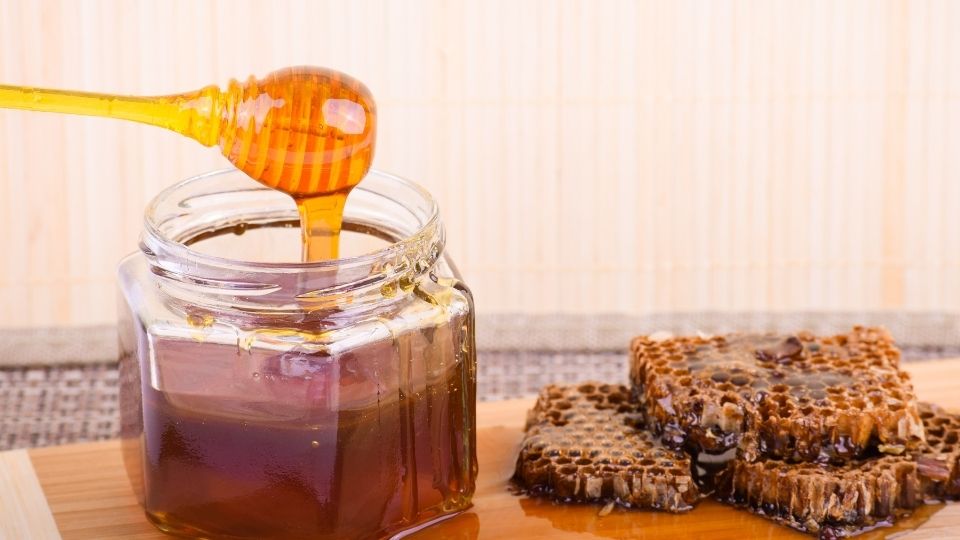
Honey and chocolates are just a couple of the many ways that psilocybe mushrooms can be introduced to food—omelettes, milkshakes, and even mushroom pancakes are all possible recipes to explore. If you have a culinary bent whatsoever, you’ll find plenty of opportunities to flex your skills with mushrooms. Having said that, honey and chocolate are fun, popular methods, so we’ll discuss those here.
As we’ve seen throughout the various methods discussed here, dried mushrooms and mushroom powder is a versatile “base” for several other recipes and methods. Mushroom chocolate is no different—the powdered cubensis mushrooms are added to warmed chocolate, stirred in thoroughly and evenly, and left to cool. Piece of the chocolate can then be broken off and consumed later.
Psilocybe honey doesn’t require powder, but it does require dried mushrooms. Most people make psilocybe honey by adding mushrooms to a jar of honey—real honey preferably, not the imitation stuff that comes in a little bear at the grocery store—sealing the jar up tightly, and letting it sit for several weeks. The mushrooms will diffuse into the honey, eventually permeating the entire jar.
As you can see, anyone wondering how to take hallucinogenic mushrooms has many options at their disposal if they live in a jurisdiction where doing so is legal, of course. Unfortunately, psilocybe is illegal in most areas.
